New Worm Farm Issues
granola_mom
14 years ago
Related Stories

GARDENING GUIDESHouzz TV: Make a Worm Bin for Rich Soil and Happy Plants
A worm-powered compost bin that can fit under a sink turns food scraps into a powerful amendment for your garden. Here’s how to make one
Full Story
FARM YOUR YARDHow to Farm Your Parking Strip
Get an up-close look at a thriving street-side edible garden, one of many sprouting up in Seattle
Full Story
KITCHEN DESIGNKitchen of the Week: Resurrecting History on a New York Farm
Built with a 1790 barn frame, this modern-rustic kitchen on a working farm honors the past and makes connections in the present
Full Story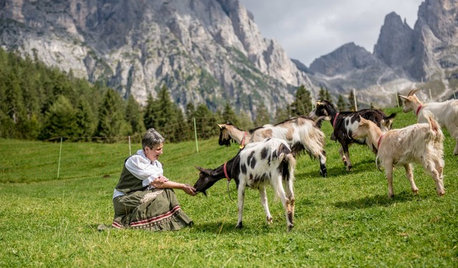
FARMHOUSESWorld of Design: See How 9 Families Live and Farm on Their Land
Join us as we visit the homes and farms of passionate food producers and hear about rural life around the globe
Full Story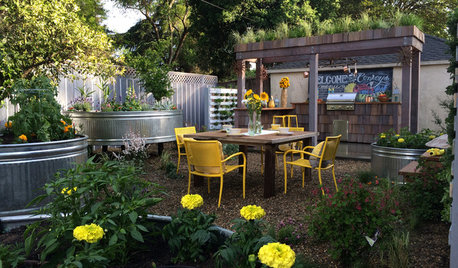
FARM YOUR YARDRemake Your Backyard Into a Mini Farm
You can get a taste of country life by line-drying your laundry, growing some produce or going whole hog with the critters
Full Story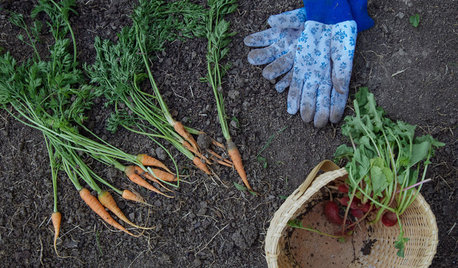
FARM YOUR YARDMy Houzz: Backyard Farming for a Kansas City Family
A backyard garden provides a family of 5 with organic seasonal produce. Here's how they do it
Full Story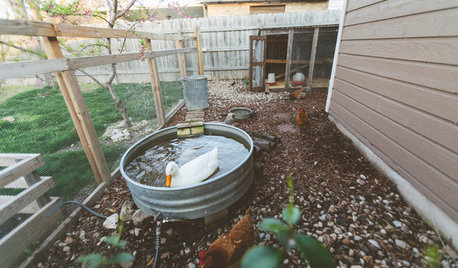
FARM YOUR YARDMy Houzz: An Urban Farm and Animal Sanctuary in Austin
Four dogs, four chickens, a duck and a kitten find refuge in a photographer’s updated home
Full Story
HOUZZ TOURSMy Houzz: Contemporary Farm-Style Hilltop Charmer
Contemporary art and scores of books bed down with farm-style furnishings in a couple's valley-view Southern California home
Full Story
HOUZZ TOURSHouzz Tour: Farm Fresh
Updates bring back the bygone charm of a 19th-century Texas farmhouse, while making it work for a family of 6
Full Story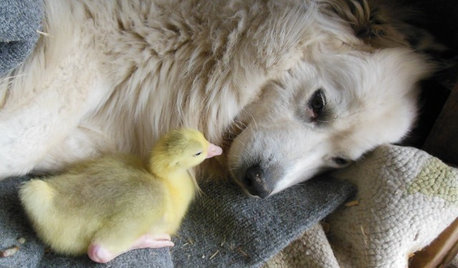
HOUZZ TV FAVORITESHouzz TV: Life, Love and Purpose Down on the Farm
A Missouri native proves that you can go home again — and discover something entirely unexpected
Full StoryMore Discussions






sbryce_gw
jonas302
Related Professionals
Fitchburg Landscape Architects & Landscape Designers · Bergenfield Landscape Contractors · Downey Landscape Contractors · Duarte Landscape Contractors · Muttontown Landscape Contractors · Palos Hills Landscape Contractors · Canyon Lake Stone, Pavers & Concrete · Green Bay General Contractors · Kilgore General Contractors · Leavenworth General Contractors · Newburgh General Contractors · Schertz General Contractors · Waldorf General Contractors · Welleby Park General Contractors · Westmont General Contractors11otis
plumiebear
granola_momOriginal Author
rom.calgary.ab